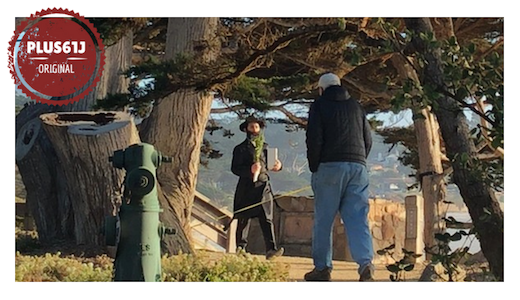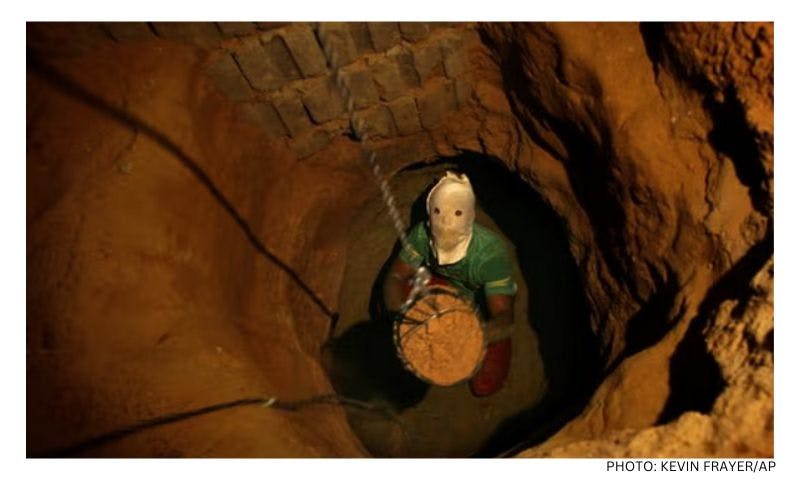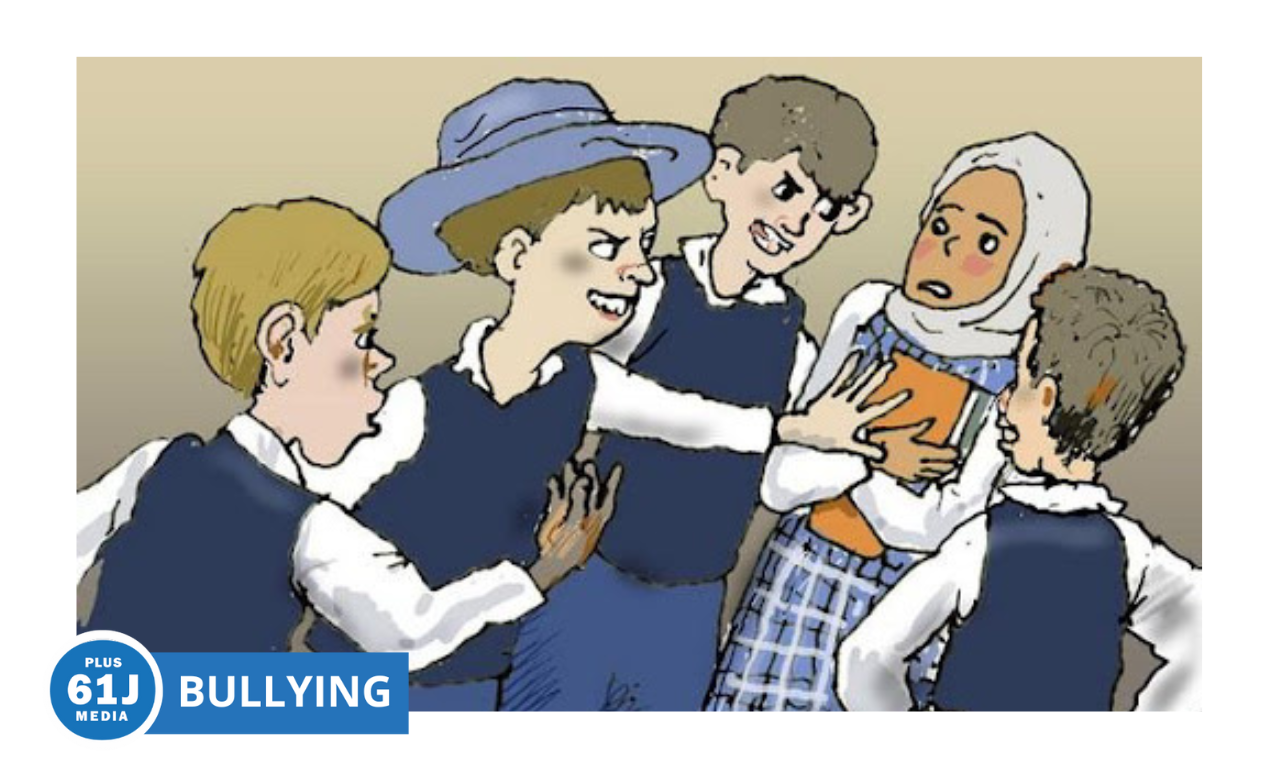Published: 16 October 2018
Last updated: 4 March 2024
Our car window was open as we were checking some emails on our phones and when I looked up to take another glance at the stunning beach, I gasped at the vision before me. Pacing quickly down the path along the beach was a Lubavitcher clutching a lulav and etrog.
We were coming to the end of a month-long stay in the US which had coincided with the High Holy Days and offered us the opportunity to sample the smorgasboard of Jewish life that is only available in America. This had already included a Kol Nidre double headliner - one that came with five live streaming cameras and a hashtag, and a second which proudly hung a sign “Trans Jews Welcome Here” and operated out of a church. I don’t know why this sight surprised me.
I felt a pang of guilt allowing the Chasid to pass by our car without even looking up, but I am not one to indulge Chabadniks in the exploitation of Jews to express their flavour of Judaism. I had long ago rejected anyone who thought they needed to tell me how to be Jewish. Feeling we had dodged a bullet, we continued to check our emails.
Moments later, a friendly face peered through our window with the most outrageous but somehow natural of questions: “Do you guys happen to be Jewish?” The Lubavitcher was back, and back with a question I could not dismiss. We peered back at him, guilty as charged. “Yes, we are,” and explained that we were from Melbourne.
All of my Jewish identity crises flooded over me at once in this incredibly awkward moment as I faced the most beautiful sunset view over the Carmel beach.
Meanwhile, outside the car, a young family casually strolling along had stopped in shock to look at the Lubavitcher on the beach, and accidentally let some Hebrew slip. The missionary had perhaps just stumbled across all the Jews in Carmel at once!
By this time, my husband and I had rolled out of the car and the Israeli family was trying to make a quick getaway. Realising he had little time to convince the ultra-secular and cynical Israeli family to wave the lulav and etrog around and save the souls of the Jewish world, the Lubavitcher stuffed the holy produce into their hands, and had them repeat the prayer after him.
All of my Jewish identity crises flooded over me at once in this incredibly awkward moment as I faced the most beautiful sunset view over the Carmel beach. Deeply wanting to avoid being perceived as one of the Israelis who were embarrassed by this chance encounter with Jewish ritual, I refrained from speaking Hebrew - denying my deep-seated connection as an Israeli.
[gallery columns="1" size="large" ids="23581"]
Keen to demonstrate to the Lubavitcher that saying the prayer on the lulav and etrog was important to me as a secular Jew, I was also determined to show him and the Israelis that I already knew the prayer and that it would be an honour to recite it.
Proud to exhibit my mixed bag of Jewish pride to this most bizarre collection of spectators (and a little bit drunk on the perfect sunset), I snatched the lulav and etrog from the Lubavitcher and said the blessing and, I’ll admit, had a bit of a spiritual moment to myself. In the spirit of our month of American Judaism, my husband joined in.
The Israelis had scuttled off, but the Lubavitcher spotted the allegory that had just played out in front of him and launched into a speech about the four plants representing the four types of Jews: One plant had no smell and a bad taste, another had a good smell but bad taste, another had a bad taste and good smell and the last had it all - good smell and good taste. He insisted that the lulav and etrog brought together all these plants to remind us that we need all these types of Jews to work together.
“Well, you know, I’m not one of those Jews with no smell and no taste,” I snapped at him cheekily.
“Melbourne Jews have that kind of fascinating combination, don’t they?” He winked understandingly and respectfully, hinting at a nuanced understanding of Australian Jewry and our unique combination of cultural conservatism and deep secularism.
I bundled up all my disdain for Jews who tell other Jews how to live their lives - for guilting them into being more Jewish for their own religious benefit, and all the politics surrounding Jewish identity wars.
“Try explaining that to my Israeli husband,” I replied with a smirk, in a peace offering to the Chassid.
Maybe we are all just a little bit more open to each other during the Sukkot season, but I think I came to an understanding with this Lubavitche. Or maybe it was just the glow of the sun bouncing off the calming waves in the bay of Carmel-by-the-Sea.
Photo: Lubavitche appears from the seaside holding a lulav
All photos: Kate Rosenberg



